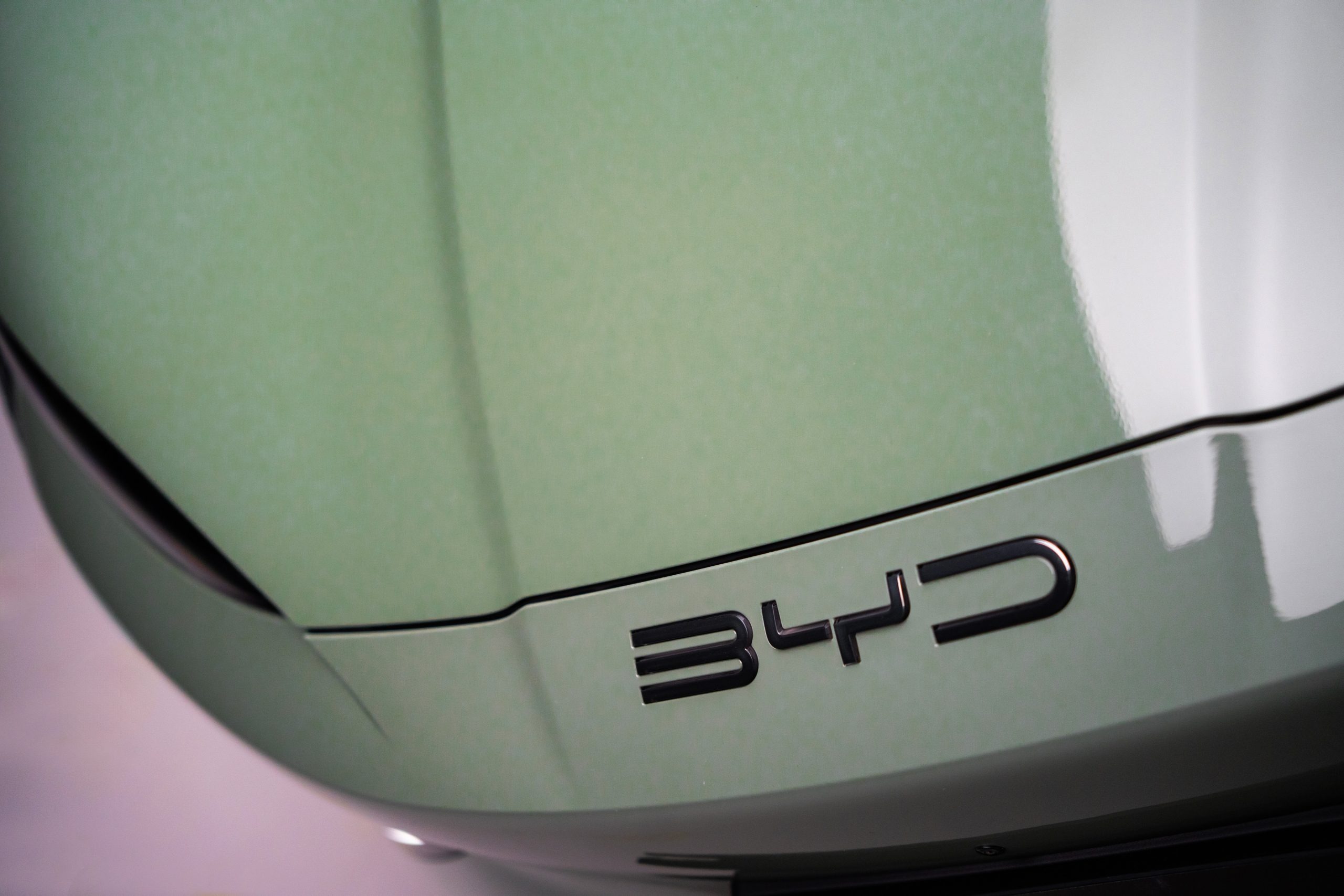Electric vehicles have quickly moved from being a futuristic idea to becoming part of everyday transportation. Many people in the US are now switching to electric cars, not just to save on fuel but also to enjoy the smooth and quiet experience they bring.
As charging infrastructure improves, more families are considering whether an electric car fits into their daily life. One very important factor that gets people talking is how well these cars manage their battery charge.
It is one thing to enjoy the silence and acceleration of an EV, but it is another thing to wake up and find out the battery has dropped 10 to 30 percent overnight while parked. Battery life and how long a charge lasts can differ from one EV to another. Some electric cars are built to hold their charge properly even after staying parked for days without any use.
Others tend to lose a good portion of battery power within hours, especially if background systems are running in sleep mode. This makes battery drainage one major factor buyers now watch closely. A car that drains overnight can cause trouble during a busy morning when you have to drive early and cannot stop to charge.
The car’s software, energy management system, battery size, and even internet connectivity all play a role in whether your EV will hold its charge or not. For example, certain models keep their systems awake even when parked, using up power slowly.
Others shut down most functions entirely, allowing the battery to stay almost untouched. As electric cars become more connected to apps and remote systems, background battery usage is a growing concern.
Let us look at five electric cars that manage their battery power very well and can stay parked for days without losing much energy, followed by five models that tend to lose charge much faster than expected.
5 EVs That Hold Charge for Days
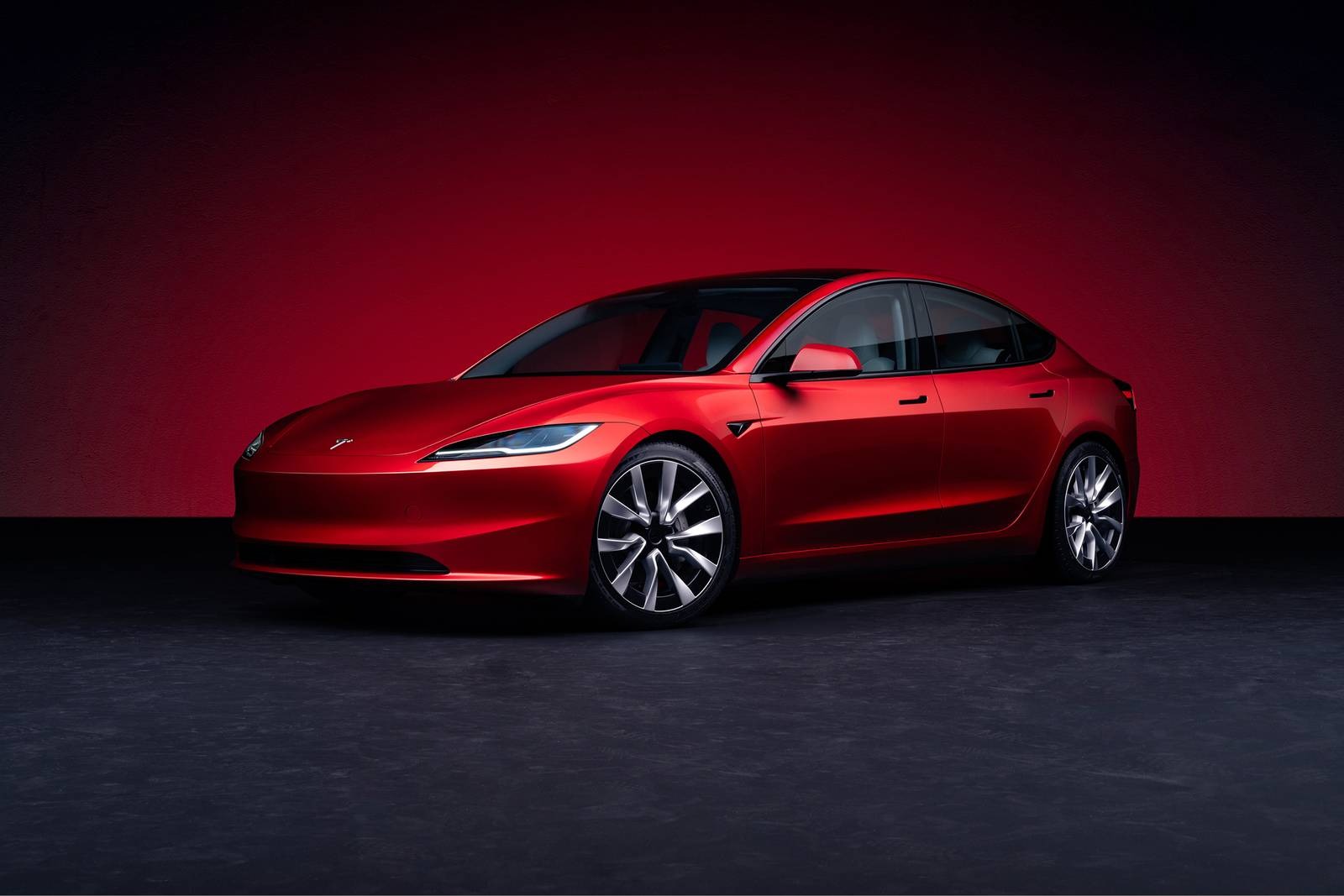
1. Tesla Model 3
Tesla Model 3 is one of the few electric cars that gives drivers peace of mind when it comes to battery stability. This compact electric sedan from Tesla offers more than just speed and technology. It also performs quite well in terms of battery preservation.
Most owners who park their Model 3 without plugging it in often find that the battery barely drops over two to three days. This is because Tesla has worked on improving energy-saving settings in this model in the long run. With the “Energy Saving” feature turned on and “Always Connected” turned off, the Model 3 can go to sleep properly and avoid wasting power on unnecessary background tasks.
Even when left with features like Sentry Mode turned off, this car can stay idle without losing much charge. Several users have reported that after leaving their Model 3 parked for three days, they observed a drop of just 1 or 2 percent. That is a good result compared to many other EVs.
Another feature that helps this model is how the climate control and systems are managed. Tesla allows owners to set specific preferences for battery usage. For example, when the app is not in use and the car is parked without the sentry or climate functions running, it enters a deep sleep state.
That quiet mode ensures minimal power draw, keeping the car ready for use even after several days of sitting in the garage or airport parking lot. Though software updates sometimes make small changes to how much power the system uses while idle, Tesla has always focused on improving sleep behavior. That gives owners some confidence when they park it long-term.
While some cars drain faster due to their system setup, the Model 3 proves that smart software and thoughtful battery management go a long way in making sure your car still has enough juice when you return.
The Model 3’s range and efficient battery design also play a role. It offers strong mileage per charge and does not need to work hard to maintain basic operations. For those who travel often or leave their car parked for extended hours, this EV has become a solid choice.

2. Hyundai Ioniq 5
Hyundai Ioniq 5 is quickly building a reputation for its advanced design and practical performance. One impressive aspect of this car is how efficiently it preserves battery power when idle.
Hyundai has included helpful energy control settings that let the car enter a sleep state, cutting down on wasteful energy drain. As long as the car is not using features like remote climate control or full app access, it can be left parked for up to five days with minimal charge loss.
This EV was designed with an 800-volt architecture that helps with fast charging, but that same structure also improves how the battery operates when idle. Once the car is locked and inactive, the systems gradually shut down most operations unless there is a need for remote access. That quiet period is what helps this car stay parked without draining energy quickly.
People who have driven the Ioniq 5 for months often say they only see a drop of around 1 or 2 percent per day when the car is not touched. If all advanced features like always-on GPS, remote unlock, or auto updates are turned off, the vehicle performs even better. Even during colder seasons when batteries naturally lose charge, this model has shown good results.
The Ioniq 5 also benefits from having a very intuitive software system. The energy usage graph in the dashboard gives drivers a simple way to track how the battery behaves. Hyundai has also designed the app to reduce its demand on the vehicle’s power system when not in use. That balance between features and energy safety gives the Ioniq 5 a strong advantage in real-world use.
For EV buyers who want stylish looks combined with low battery drain when parked, this model stands out clearly. With a bit of attention to settings, it can remain parked for long hours without surprising you with a drained battery the next morning.
Also Read: 5 Forgotten GM Cars That Run vs 5 Recent GM Models With Major Issues

3. Chevrolet Bolt EUV
The Chevrolet Bolt EUV offers an affordable way to drive electric without worrying much about charge loss while the car is sitting idle. General Motors has given this vehicle a simple structure that avoids heavy background system usage. Its basic design, with fewer advanced always-connected features compared to other modern EVs, works to its advantage in terms of preserving battery life.
When the Bolt EUV is locked and parked, it shuts off non-essential features. The car also doesn’t stay connected to the app constantly unless the user sends a direct request. This approach helps prevent slow overnight power loss. Many owners leave the Bolt EUV parked for several days at the airport or their home without charging it, and still return to find only 2 to 3 percent missing.
Unlike EVs that come with advanced camera-based security systems that keep draining the battery, the Bolt EUV does not rely on constant monitoring. That makes a huge difference. As a result, it behaves more like a traditional vehicle when parked; it just stays still without trying to do too much. This straightforward method ensures that your battery level remains close to what it was when you left it.
While the Bolt EUV might lack some features like over-the-air software updates or detailed system logs, this helps it focus on performance and energy conservation. Its onboard computer handles basic tasks like security and system health without needing to wake up fully. That light load on the battery keeps it steady even without a charging cable plugged in.
Those looking for a reliable electric vehicle that they can leave untouched for days without worrying about a charge drop will likely find the Bolt EUV worth considering. It may not have the flashiest dashboard or tech, but it makes up for that with steady performance and a battery that behaves well when parked.

4. BMW i4
BMW’s i4 brings together luxury driving and efficient battery use in a neat way. While this premium electric car comes loaded with features, it also does a good job of controlling battery drain during idle time. The car’s deep sleep mode activates once it has been inactive for a short while. This sleep process helps reduce how much charge is used while the vehicle is off.
When drivers lock their i4 and leave it parked without engaging functions like pre-conditioning or remote services, the car can sit for up to five days with only a small drop in battery percentage. This shows that the car’s systems are well-controlled when not being driven. It takes just a few smart adjustments in the settings menu to make sure the vehicle does not use power unnecessarily.
Another thing working in BMW’s favor is the car’s balance between background processing and energy usage. While the i4 still supports app-based features like remote unlock and charge status checking, it doesn’t leave those systems running at full power when idle. Instead, it switches to light power mode where updates happen only when needed.
Even with its strong performance and premium tech, the i4 was made to manage its energy well during sleep. That makes it stand out in a market where many high-tech electric cars struggle with fast battery drain due to active system links. BMW avoided that issue by designing the i4 with better idle habits.
For anyone interested in owning a luxury electric car that doesn’t act like a power-hungry device when left parked, the i4 delivers exactly that kind of experience. With just a few taps on the car’s control system, owners can limit how often the system checks for updates or communicates with external apps. This small change goes a long way in making sure your battery doesn’t get wasted overnight.
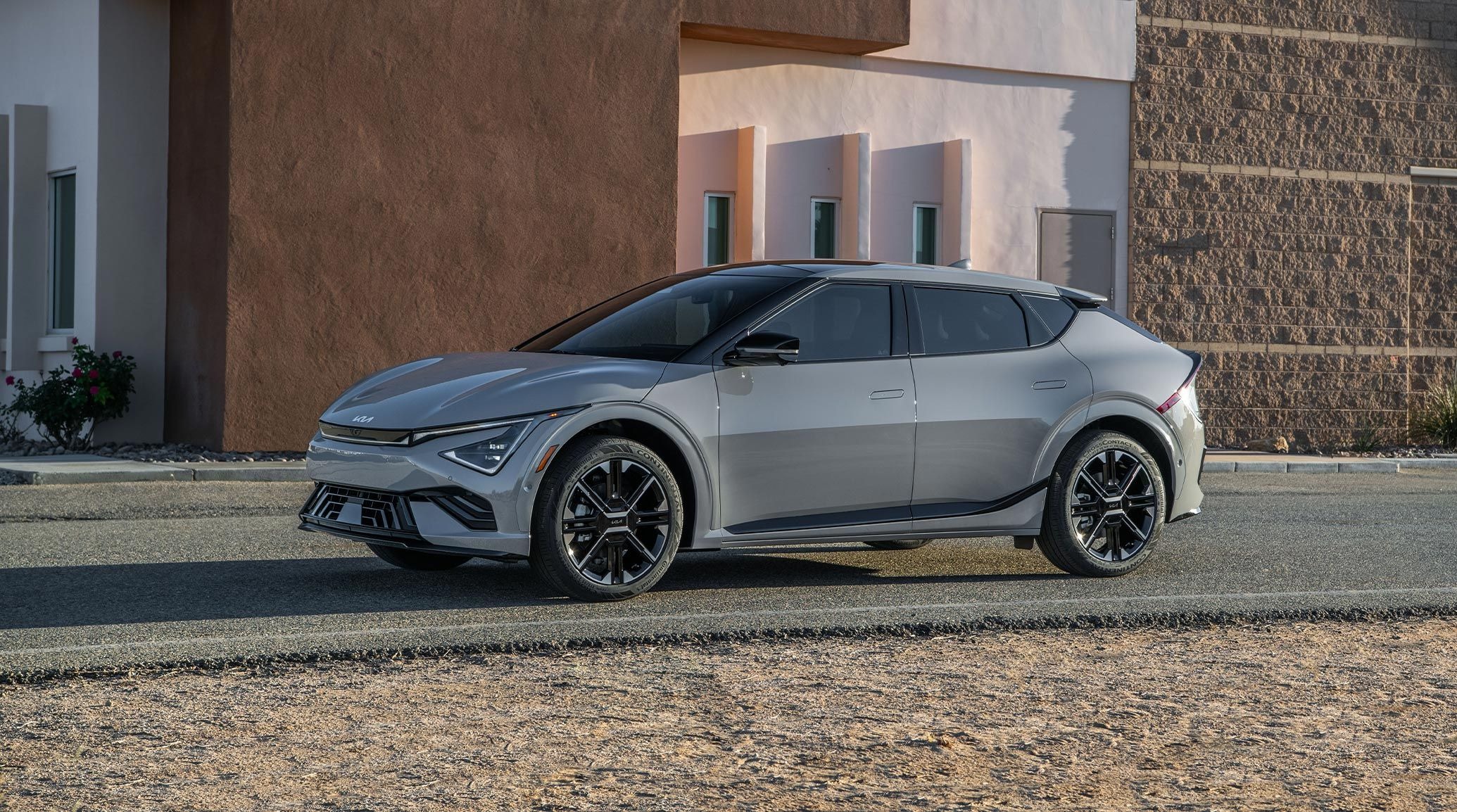
5. Kia EV6
Kia EV6 has quickly become a favourite among electric car users who want modern features without dealing with fast battery drainage. This vehicle is built on the same platform as the Hyundai Ioniq 5, which already does well in battery preservation. Kia focused on giving this car the kind of energy control that helps it stay parked for multiple days without losing much charge.
When you park the EV6, the system gradually powers down background services. Most owners have reported that even after four or five days of not driving, their car only lost about 2 to 4 percent of battery. This kind of performance gives peace of mind to anyone who travels or parks their vehicle for long periods without access to a charging point.
Kia’s UVO app is built to stay light when not in use. While some apps constantly send signals that wake the car and use battery, UVO communicates only when needed. This helps reduce unnecessary drain. The car also allows you to shut down remote climate control, vehicle status monitoring, and automatic updates, which further saves energy.
Kia added a feature that lets the car enter a deep sleep mode if it hasn’t been used for a while. When the sleep mode kicks in, all non-essential systems go off, and the battery level stays stable. That function helps in situations where the owner is away from home, maybe on vacation or work trips.
The EV6 combines great performance with responsible energy management. Its high-voltage system and smart software allow it to hold a charge well. If you’re searching for an electric car that you can leave in your driveway or airport parking lot for several days without stress, this one proves to be dependable.
5 EVs That Drain Overnight

1. Ford Mustang Mach-E
Ford Mustang Mach-E delivers power and style, but its battery management during idle time is one thing many owners continue to mention as a weak point. This electric SUV has a system that remains partially active even when the car is parked. That includes communication with the FordPass app and a built-in modem that stays connected unless turned off manually.
Many users who leave their Mach-E parked overnight without plugging it in notice battery drops of between 5 to 10 percent. For longer periods like two or three days, the loss can reach up to 15 percent, depending on the settings and outside temperature. Even when the vehicle is set to its deepest sleep mode, some systems still run in the background.
One reason for this power drain is that the vehicle keeps its modem and control unit active to remain connected to FordPass for things like remote unlocking and vehicle health reports. Unless these features are manually turned off or adjusted, they continue pulling energy from the battery.
During cold weather, the problem becomes more obvious. The Mach-E often tries to keep its battery at the right temperature by activating heaters occasionally. While this helps battery health, it can lead to sudden drops even when the car is not in use.
Ford is aware of this issue and has added new updates to reduce idle consumption, but many owners still report regular drain overnight. Unlike other EVs that completely shut off when left untouched, the Mach-E stays semi-awake.
If you are planning to own this car, it is important to go through the vehicle’s settings and disable as many always-on features as possible. Without doing that, you may wake up to a drained battery more often than expected.
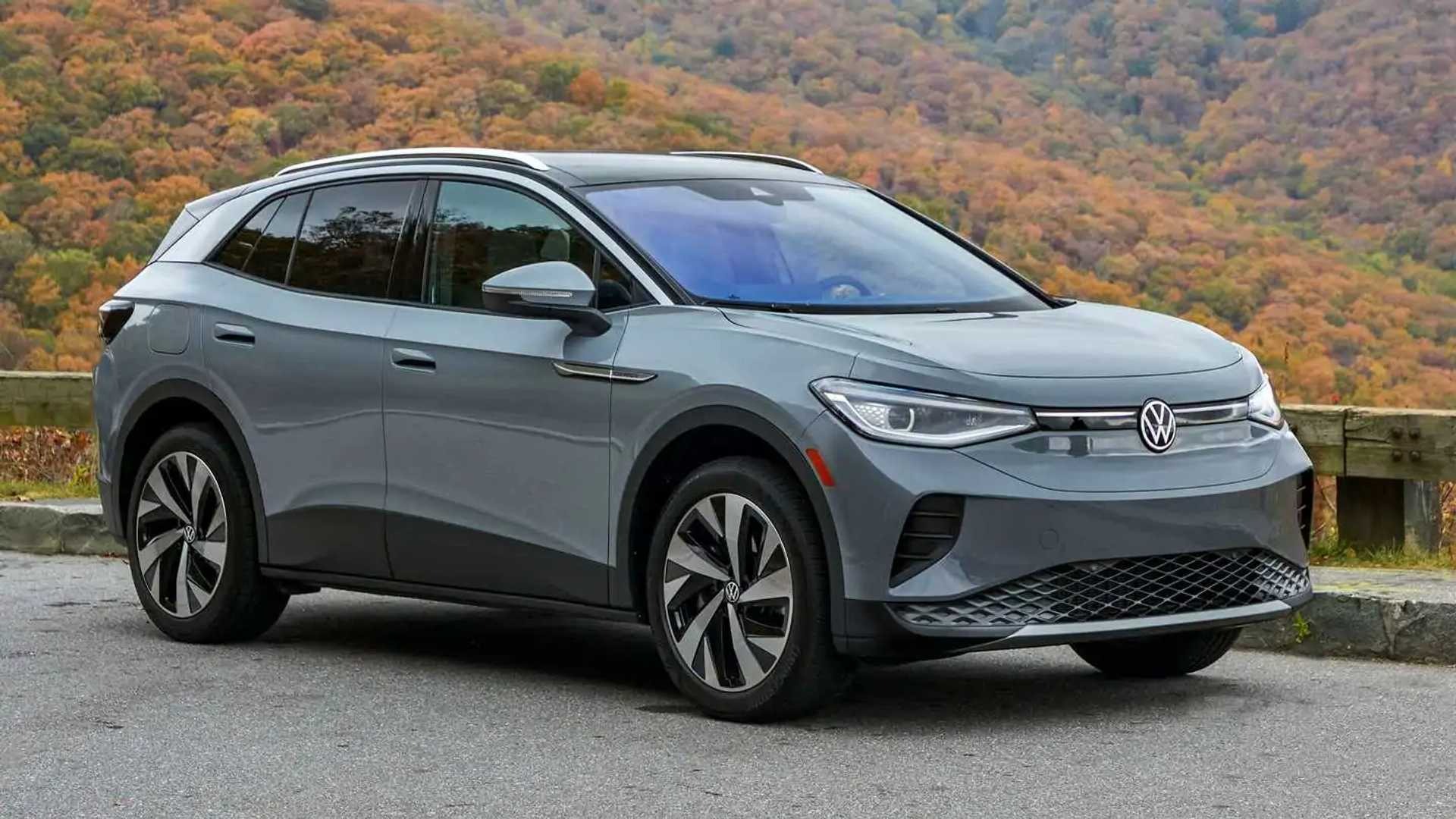
2. Volkswagen ID.4
Volkswagen ID.4 comes with a clean look and promising range numbers, but it has been criticised for poor battery performance when parked. Many owners have shared their experiences of losing 8 to 12 percent overnight without even touching the car. Even with regular use, the drop is too high compared to other EVs in the same category.
One reason the ID.4 drains quickly is the way the software behaves during idle time. Even when the car is locked, some features such as internet connection, system scanning, and climate data collection remain active. These functions pull electricity slowly but consistently from the battery.
Also, the software updates and system logs do not always allow the car to sleep completely. Instead of shutting down most tasks, the system keeps running light background checks. Although Volkswagen has made efforts to reduce this issue through updates, results have not improved for all users.
The infotainment system also contributes to this drain. It sometimes wakes up randomly, even when the car is not being used. This issue causes energy to be consumed without the driver knowing. For drivers who leave their car parked for a day or two, the result is usually a loss of several battery points.
Unlike other cars that let you control most of these functions directly through an app or settings menu, the ID.4 does not give the same level of control. That means the vehicle keeps doing things you cannot fully switch off.
For someone planning to leave their EV parked at work or in an airport for some days, this model may not be the best pick unless you can plug it in. Until future software changes address this, battery loss will remain a concern for many ID.4 drivers.

3. Rivian R1T
The Rivian R1T stands out for its design and adventure-friendly features. However, when it comes to holding battery charge during sleep, this truck struggles. Many owners report that their vehicles lose between 8 to 10 percent of battery overnight, sometimes more if features like the gear tunnel cam or powered tonneau cover are recently used.
One major cause of battery loss is how the R1T handles background systems. Even when parked, the truck remains connected to Rivian’s app. That connection alone uses power. The vehicle also stays partially awake so it can respond to commands quickly, but this feature increases idle battery drain.
Rivian added Sentry-like monitoring that uses cameras and sensors for security. These features cannot be disabled easily, which means the vehicle uses energy even when stationary. This level of background activity makes it hard for the truck to keep power levels stable.
Another issue comes from Rivian’s advanced battery pre-conditioning. The car often warms or cools the battery to prepare for future use, especially if there’s a set schedule for departure. This process uses more power than most people expect and can drain the battery even when the vehicle is not driven.
Though the Rivian R1T delivers powerful performance on the road and trail, its off-road systems and safety technology come with a cost, and that cost is visible in the amount of charge lost during parking hours. Without software control improvements or deep sleep options, drivers will need to plug in their R1T more often than they wish.
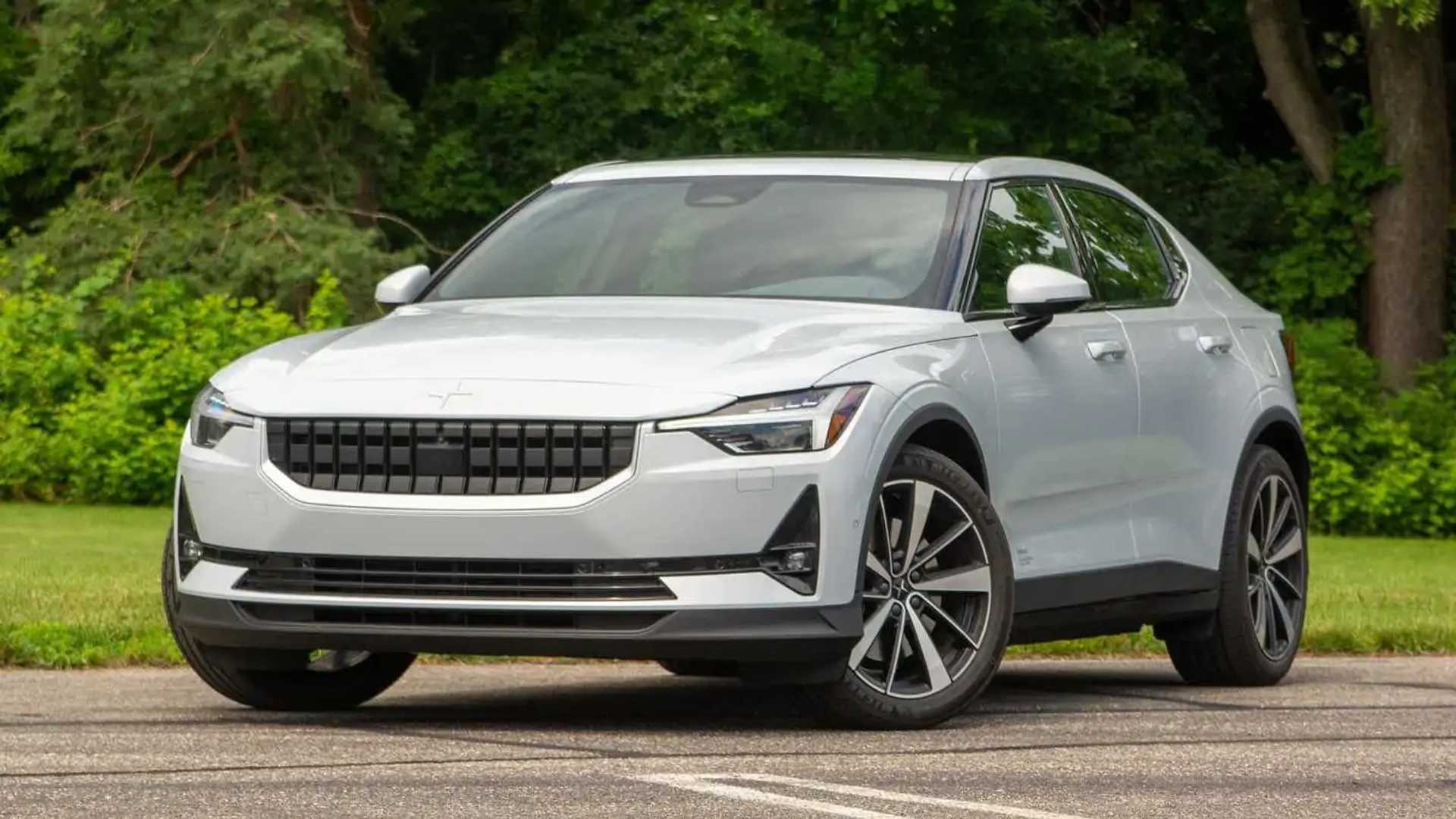
4. Polestar 2
Polestar 2 offers a smooth ride and Scandinavian design, but its battery usage while parked remains one of its weakest sides. While the car drives efficiently on the road, leaving it idle can result in a battery drop between 5 and 10 percent within 24 hours.
The car’s built-in connection to the Polestar app and software updates keep the system semi-active, meaning it does not go fully to sleep like some other EVs. The vehicle continues checking for updates, syncing data, and waiting for remote commands. All of these background jobs slowly eat into the stored battery.
Another problem that increases idle drain is that some features, including climate pre-conditioning, auto status checks, and health reports, cannot be fully turned off unless you change a lot of settings. These services stay on even when the car is locked and parked.
Even though Polestar has been releasing software updates to try and manage this problem, many users still find that charge loss overnight is much higher than expected. Some drivers leave their car parked at night and wake up to find that 8 percent of their battery is gone.
Polestar’s strong focus on connectivity and smart features may give users a high-tech feel, but without more control over background energy usage, the battery drain issue will continue. Until the company changes the default settings or offers deep sleep modes, drivers of this EV should expect to charge more frequently.
Also Read: 5 Cars With Legendary Battery Life and 5 That Need Jumping Weekly
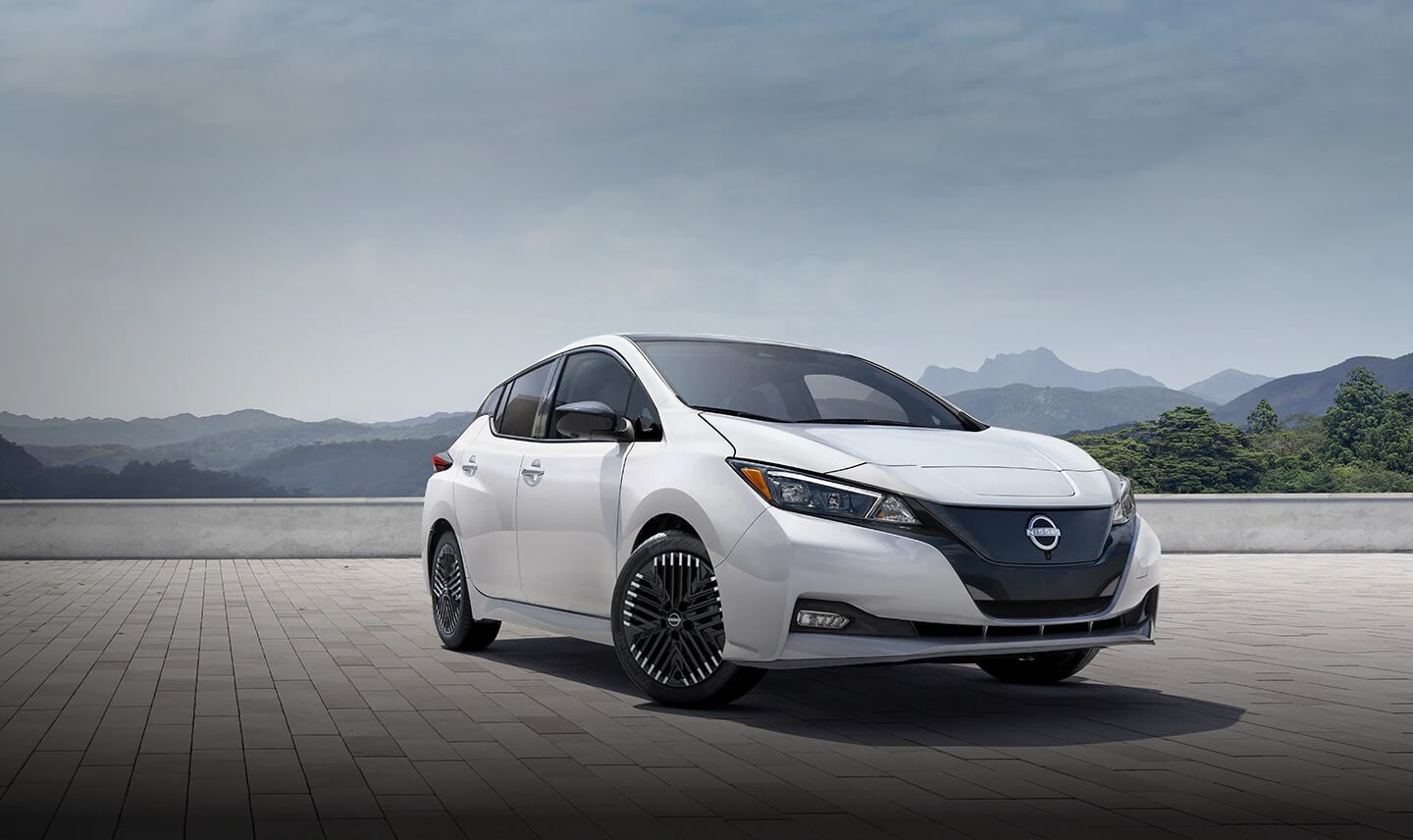
5. Nissan Leaf
Nissan Leaf was one of the first widely accepted electric vehicles in the US market. While it remains a trusted choice for many, its older battery and energy systems do not match what newer EVs now offer. Many Leaf owners experience noticeable charge drops even after a single night of parking.
This is mainly because the Leaf lacks some of the advanced sleep features found in newer electric cars. Even when parked, the car may continue running small background operations. The onboard systems are not designed to fully shut down unless disconnected manually, which makes it hard for users to manage energy loss.
Another factor that affects battery drain in the Leaf is the way it handles temperature. The older models do not come with liquid battery cooling, so the car sometimes uses power to regulate battery temperature during cold or hot weather. That process adds more pressure on the battery.
While Nissan has worked on improving new versions of the Leaf, many existing models still run on outdated software. The lack of system updates means that some users never get improvements to energy management. That creates a situation where battery drainage remains constant regardless of how the car is parked.
Those still using older Leaf models should try to limit remote app use and keep the car in stable temperature conditions. These small steps may reduce how much charge is lost overnight, but unless a complete system change is made, the car will continue to drain faster than newer EVs.

